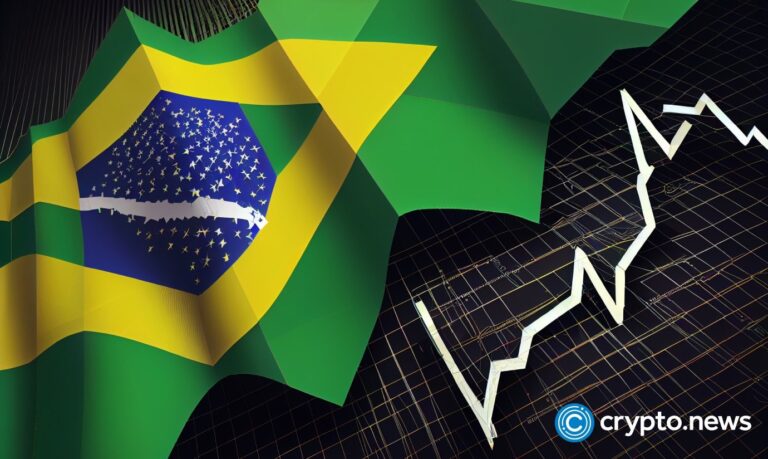The trading value of stablecoins on Brazil’s local exchanges has surged far more than Bitcoin, reflecting a surge in usage for B2B cross-border payments.
The Brazilian stablecoin market is booming, with Latin America the second fastest-growing region with year-on-year growth of more than 42%, according to data from blockchain analytics firm Chainalysis.
From July 2023 to June 2024, Brazil received about $90.3 billion in cryptocurrencies, trailing only Argentina by a narrow margin, according to data from the New York-based company. While Bitcoin (BTC) remains popular, stablecoins have emerged as the preferred option on local exchanges, driven by demand for exposure to the US dollar amid local currency volatility.
Countries by Cryptocurrency Value Received | Source: Chainalysis
Chainalysis notes that the trading value of stablecoins on Brazilian exchanges increased by 207.7% year-on-year, far outpacing other cryptocurrencies such as Ethereum (ETH).
Despite economic challenges such as a weakening Brazilian real and slowing growth, “there are still opportunities for growth in cryptocurrencies, especially as regulators open up their approach to this technology,” the company explained. As exchanges such as OKX and Coinbase continue to expand in Brazil, Chainalysis notes that stablecoins will continue to be a dominant force in the country’s evolving crypto landscape.
But Latin America is not the only region where demand for stablecoins is surging amid economic turmoil. As previously reported by crypto.news, stablecoins have emerged as a key component of sub-Saharan Africa’s crypto economy, accounting for approximately 43% of the region’s total trading volume.
Ethiopia, Africa’s second most populous country, has seen a 180% year-over-year increase in retail-scale stablecoin remittances, helped by the recent 30% devaluation of the local currency, the Birr.


